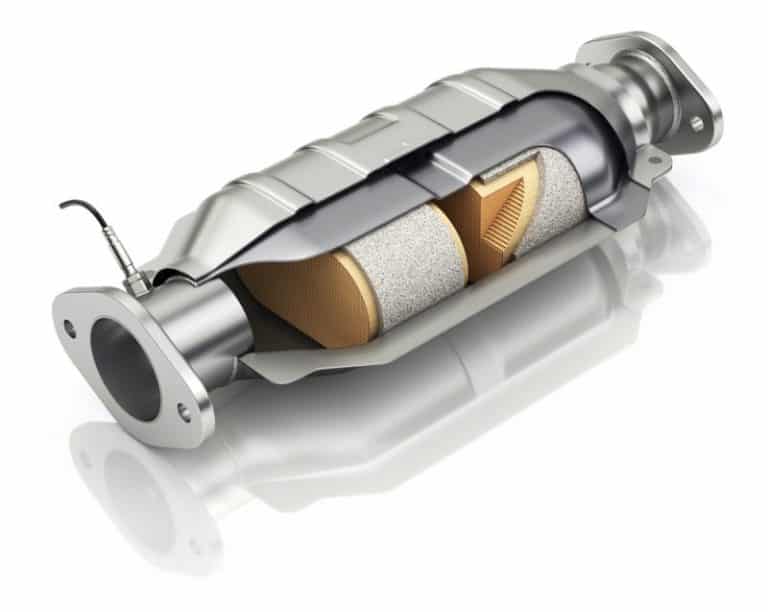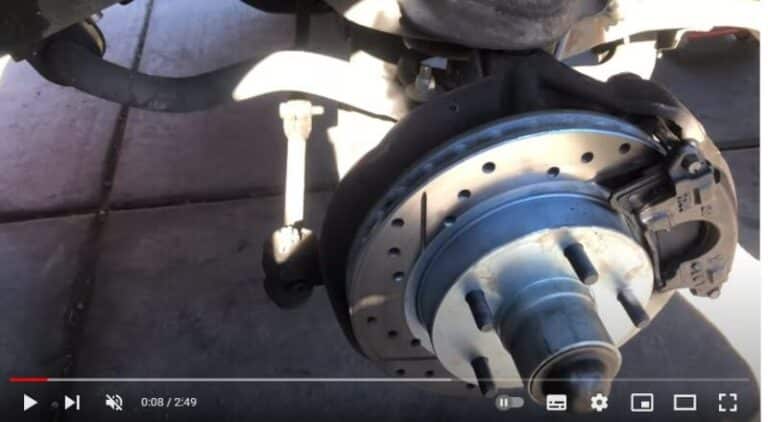Understanding Inner Tubes in Car Tires: A Comprehensive Guide
In the world of car tires, there’s often confusion about whether or not they have inner tubes. The primary purpose of this article is to provide an in-depth exploration of this subject, covering various aspects such as the evolution of tire technology, the difference between tube and tubeless tires, and the benefits associated with each type. So, let’s dive straight into it!

The Evolution of Tire Technology
Car tires have come a long way since their inception. In the early days, automobiles were equipped with simple rubber bands stretched over wooden wheels. However, this design posed significant problems when it came to punctures and durability. Thus, the concept of inner tubes within car tires was born.
The invention of pneumatic tires by John Boyd Dunlop in 1887 marked a major milestone in automotive history. Pneumatic tires consist of an inflatable rubber inner tube encased within an outer layer of reinforced rubber. This design provided better shock absorption, grip, and overall performance compared to its predecessors.
Despite being revolutionary at the time, pneumatic tires had their limitations. Most notably, these tires were prone to sudden blowouts and frequent punctures. This led to the development of tubeless tires in the 1950s, which eliminated the need for an inner tube altogether.
Tube vs. Tubeless Tires: What’s the Difference?
The primary distinction between tube and tubeless tires lies in their construction. As mentioned earlier, traditional tube tires feature an inflatable rubber inner tube that sits inside the outer casing. The air pressure within this tube maintains the shape and rigidity of the tire, while also providing cushioning for a smoother ride.
On the other hand, tubeless tires have a unique construction that allows them to hold air without the need for an inner tube. Instead, these tires are constructed with a reinforced outer layer and an inner liner that creates an airtight seal when mounted on the wheel rim.
This design removes the potential for punctures caused by tubes rubbing against the tire casing or valve stems.
Advantages of Tubeless Tires
- Better Puncture Resistance: Since there’s no inner tube, there’s less chance of a puncture due to friction between the tube and tire casing. Additionally, the airtight seal created by the inner liner prevents debris such as nails or glass from piercing through the tire.
- Improved Handling and Fuel Efficiency: Tubeless tires tend to be lighter than their tubed counterparts, which can result in better handling and improved fuel efficiency for your vehicle.
- Less Prone to Blowouts: The elimination of inner tubes also reduces the risk of sudden blowouts, as the air pressure is maintained more evenly throughout the tire.
- Self-Sealing Capability: Many tubeless tires come equipped with self-sealing properties, allowing small punctures to be sealed automatically with minimal air loss. This can help extend the life of your tire and reduce the need for frequent repairs.
Drawbacks of Tubeless Tires
- Mounting Difficulties: Installing tubeless tires can be more challenging and time-consuming compared to traditional tube tires. Special equipment and techniques may also be required to ensure a proper fit and airtight seal.
- Higher Initial Cost: Tubeless tires generally come with a higher price tag compared to their tubed counterparts, making them a more significant initial investment for car owners.
- Limited Compatibility: Not all vehicles are designed to accommodate tubeless tires, particularly older models or those with specialty rims. It’s essential to consult your vehicle’s manufacturer specifications before making the switch.
Do Modern Passenger Cars and Light Trucks Have Inner Tubes?
The short answer is, in most cases, no. The majority of passenger cars and light trucks manufactured today come equipped with tubeless tires as standard equipment. This is due to the numerous benefits discussed earlier, such as improved puncture resistance, handling, and fuel efficiency.
However, there are still some instances where inner tubes may be used, particularly in off-road or heavy-duty applications where additional durability and protection from punctures are required. Additionally, certain vintage or classic car enthusiasts may choose to maintain the original tubed tire design for authenticity purposes.
Making the Switch: How to Convert to Tubeless Tires
If you’re considering converting your vehicle to tubeless tires, there are several factors to keep in mind. First and foremost, it’s crucial to determine whether your vehicle is compatible with tubeless tires based on its make, model, and wheel specifications.
Consulting your owner’s manual or speaking with a qualified mechanic is an excellent starting point for this process.
Once compatibility has been determined, selecting the appropriate tubeless tire size and type is the next step. There are various options available on the market, ranging from budget-friendly choices to premium high-performance tires.
It’s essential to consider factors such as driving conditions, climate, and personal preferences when making your selection.
Lastly, proper installation is crucial to ensure the safety and performance of your new tubeless tires. It’s highly recommended to have a professional mechanic handle this task, as they will have access to specialized tools and expertise needed for a successful conversion.
In summary, while inner tubes were once a staple in car tire construction, modern passenger cars and light trucks predominantly utilize tubeless tires due to their numerous advantages. However, understanding the differences between these two types of tires is essential for making informed decisions about your vehicle’s tire needs.
Whether you’re considering switching to tubeless tires or simply curious about the subject, we hope this comprehensive guide has provided valuable insight into the world of car tire inner tubes!






